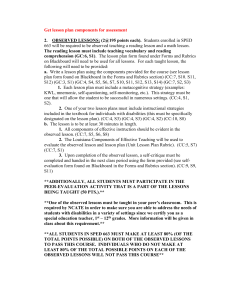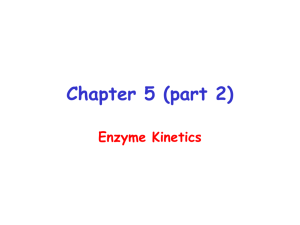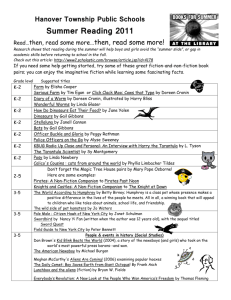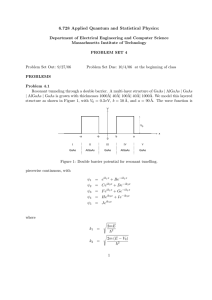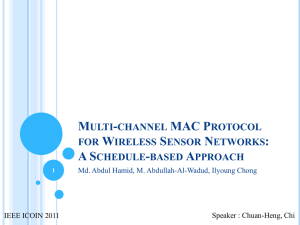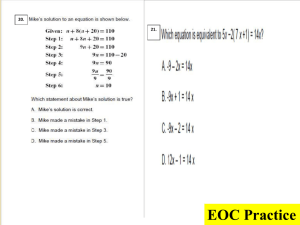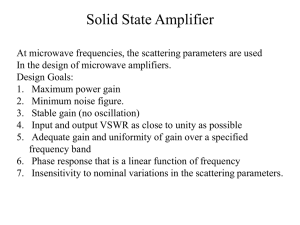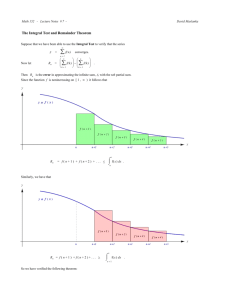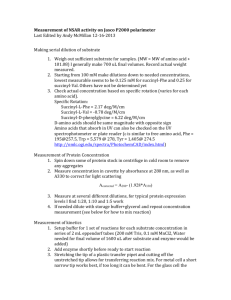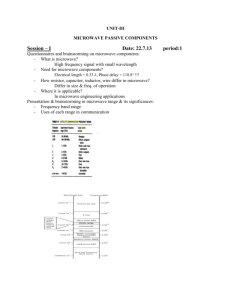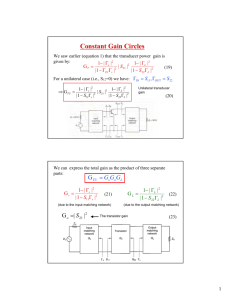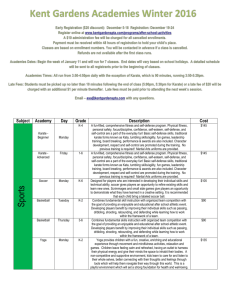Equation 3 can be re-written by treating the fast reaction steps
advertisement
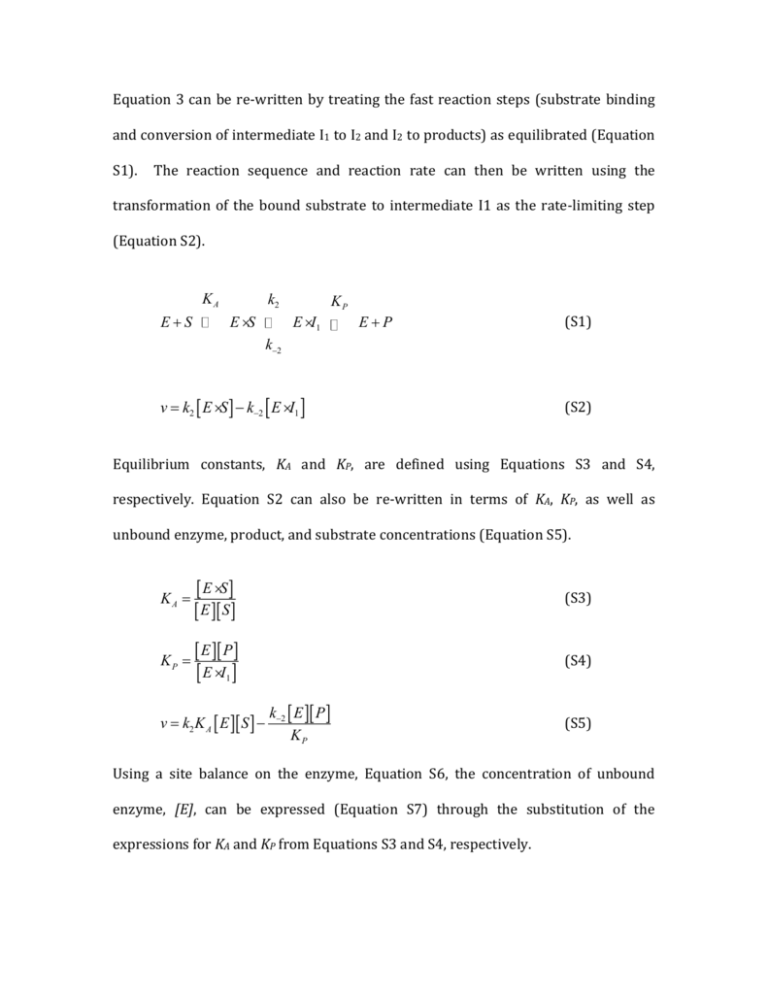
Equation 3 can be re-written by treating the fast reaction steps (substrate binding and conversion of intermediate I1 to I2 and I2 to products) as equilibrated (Equation S1). The reaction sequence and reaction rate can then be written using the transformation of the bound substrate to intermediate I1 as the rate-limiting step (Equation S2). KA E+S k2 E ×S E × I1 KP E+P (S1) k-2 v = k2 [ E × S ] - k-2 [ E × I1 ] (S2) Equilibrium constants, KA and KP, are defined using Equations S3 and S4, respectively. Equation S2 can also be re-written in terms of KA, KP, as well as unbound enzyme, product, and substrate concentrations (Equation S5). KA = KP = [E × S] [ E ][ S ] (S3) [ E ][ P ] (S4) [E × I ] 1 v = k2 K A [ E ][ S ] - k-2 [ E ][ P ] KP (S5) Using a site balance on the enzyme, Equation S6, the concentration of unbound enzyme, [E], can be expressed (Equation S7) through the substitution of the expressions for KA and KP from Equations S3 and S4, respectively. [ E ] = [ E] + [ E × S] + [ E × I ] E P [ E ] = [ E ] + K [ E ][ S ] + [ K][ ] 0 1 (S6) A 0 [ E ] = [ E ]çè 1+ K [ S ] + [K ] ÷ø [E ] [E] = æ P P ö A 0 P 0 1+ K A P [S] + [ ] (S7) KP The site balance, Equation S6, presumes the concentrations of I2 and bound product are small. Substituting the expression for [E] from Equation S7 into Equation S5 allows for the expression of the rate in terms of measurable quantities (Equation S8). æ öæ k-2 [ P ] ö [ E0 ] v=ç k K S [ ] 2 A K P ÷ø è 1+ K A [ S ] + [ P ] K P ÷ø çè (S8) This expression can be further simplified (Equation S9) by assuming the equilibrium of product release lies far to the right (large KP and/or small [P]). In other words, KP is large. k 2 K A [ E0 ] [ S ] 1+ K A [ S ] k K [ E ][ S ] v= 2 A 0 æ 1 ö KA ç + [ S ]÷ è KA ø k [ E ][ S ] v= 2 0 1 + [S] KA v= (S9) The definition of equilibrium dictates that the forward reaction rate must equal the reverse reaction rate (Equation S10). k1 [ E ][ S ] = k-1 [ E ×S ] [ E ][ S ] = k-1 [ E × S ] k1 (S10) Equations S12 (Equation 4) and S13 (Equation 5) can be expressed by comparison of Equation S9 with the standard Michaelis-Menten equation (Equation S11). Equation S12 is simplified to show how KM can be related to the reciprocal of KA via comparison of equations S9 and S11 and expressed in terms of the ratio of rate constants that compose KA (Equation S10). v= kcat [ E0 ][ S ] KM + [S] 1 [ E ][ S ] k-1 = = K A [ E × S ] k1 = k2 (S11) KM = (S12) kcat (S13)
